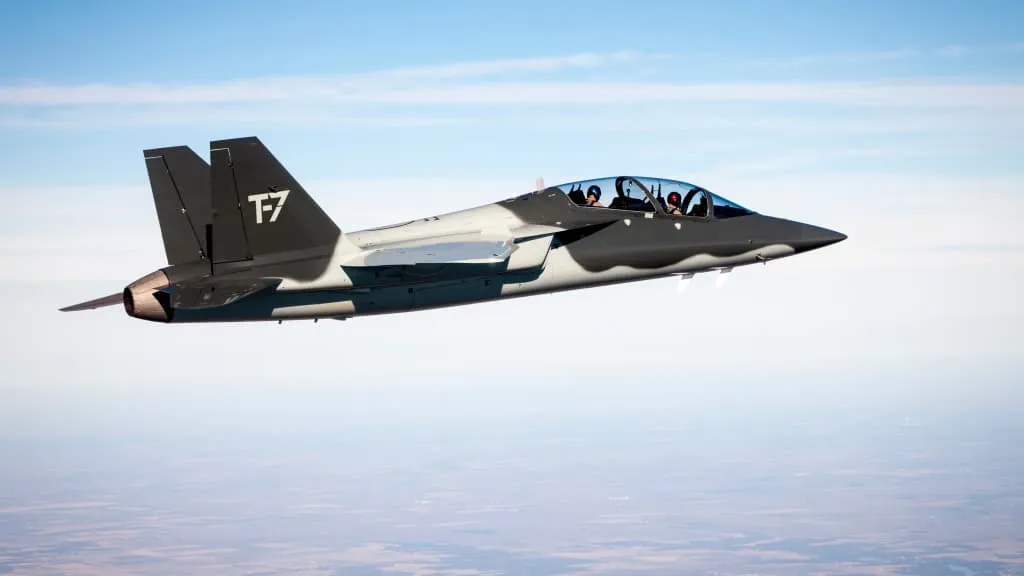Britain’s largest defence company, BAE Systems, has announced a significant partnership with Boeing and Saab to develop a replacement for the country’s Hawk aircraft, marking a pivotal moment in the UK’s search for a new fleet of military training jets. This collaboration, first hinted at in a Reuters exclusive earlier this year, was officially confirmed on Tuesday. The trio will base their design on the T-7, a next-generation trainer jointly developed by Boeing and Saab for the U.S. Air Force.
The Hawk aircraft, part of which is famously flown by the Red Arrows aerobatic display team, has been in service since the 1970s and is nearing the end of its operational life. The UK government has expressed its intention to launch a competitive process for a new trainer jet shortly, welcoming interest from UK-based suppliers.
Simon Barnes, Managing Director of BAE Systems’ Air sector, highlighted the strategic importance of this collaboration: “Our new partnership with Boeing and Saab will enable us to present a compelling offer to the UK Royal Air Force and our global customers.” This collaboration extends beyond the UK, with potential appeal to BAE’s existing customers, including Saudi Arabia and Oman.
The partnership will focus on developing a comprehensive training system, integrating live and synthetic training capabilities, and associated mission systems. This move underscores a shift in the defence industry’s approach to international collaborations, with Boeing and other defence companies increasingly open to working alongside local prime contractors.
Bernd Peters, Business Development for Boeing Defense, Space & Security, noted this change in strategy: “That is a different way of thinking but also a recognition that as defence budgets around the world increase, we have to be innovative in our approach to capturing that share.” BAE Systems will lead the project, reflecting a new era of cooperative defence development.
The global market for military trainer aircraft is projected to grow to $3.7 billion by 2030, up from $2.8 billion, according to U.S.-based consultancy AeroDynamic Advisory. Key competitors in this market include Leonardo’s Aermacchi M-346 and the Korea Aerospace Industries T-50 Golden Eagle. BAE could also face competition from Aeralis, a British company developing a modular jet trainer.
The final assembly of the new jet will be completed in Britain, ensuring that the project supports local manufacturing and employment. Boeing’s CEO of Defense, Space & Security, Steve Parker, hinted at this partnership during the Dubai Airshow, indicating that a deal for an international version of the T-7 trainer was imminent.
The choice of trainer also has broader implications for the global fighter jet market. With over 1,000 Hawk jets sold to 18 nations, BAE’s incumbency could open doors for future sales. By offering a sophisticated new trainer, some of the advanced training typically conducted in warplanes like the F-35 could be transferred to the smaller jet, potentially saving costly flying hours.
This collaboration between BAE Systems, Boeing, and Saab represents a forward-thinking approach to meeting the evolving needs of military training. As defence budgets grow and technological advancements accelerate, such partnerships are likely to become more common, fostering innovation and cooperation in the defence sector.

